Last summer, comedic actor Fred Willard passed away. He was a personal hero of mine—a brilliant mind who, as numerous obituaries and remembrances pointed out, was a master of playing characters who were both unbelievably dumb and unbelievably earnest in their stupidity. While Willard was, obviously, one in a million, that precise combination of dumb and earnest, when well executed, is one of the mainstays of what I find funny.
That combination is also essentially what fuels the FXX show What We Do in the Shadows, a show that helped get me through the early months of COVID quarantine, and which is about to start its third season tonight.
A spin-off of the 2015 Taika Waititi (Thor: Ragnarok) and Jemaine Clement (Flight of the Conchords) mockumentary of the same name, it is produced (and occasionally directed) by the original pair, and follows a trio of Old World vampires living in modern Staten Island. There’s Nandor the Relentless (Four Lions’ Kayvan Novak), a former general from the Ottoman Empire, Nadja (Stath Lets Flats’ Natasia Demetriou), a former Greek Romani villager, and Lazlo Cravensworth (Garth Merenghi’s Darkplace and Toast of London’s Matt Berry), an 18th-century fop and Nadja’s husband. They are joined by Guillermo de la Cruz (The Magicians’ Harvey Guillén), Nandor’s long-suffering familiar, and Colin Robinson (The Office’s Mark Proksch), perfectly cast as a lonely office drone with a secret life as an energy vampire.
The show’s central conceit is that vampires, as unchanging immortals, cannot wrap their heads around the modern world. That’s actually a core part of the vampire mythos as established by Bram Stoker. In Chapter 23 of Dracula, vampire hunter and philosopher Abraham van Helsing explains the vampire’s mental state: “[I]n him the brain powers survived the physical death. Though it would seem that memory was not all complete. In some faculties of mind he has been, and is, only a child […] Well for us, it is as yet a child-brain. For had he dared, at the first, to attempt certain things he would long ago have been beyond our power.” This idea of the child-brain continues throughout as a reason for why Dracula’s ragtag band of vampire hunters are able to defeat the centuries-old count. He is powerful and nearly impossible to kill, but his abilities to navigate the world in which he finds himself are limited.
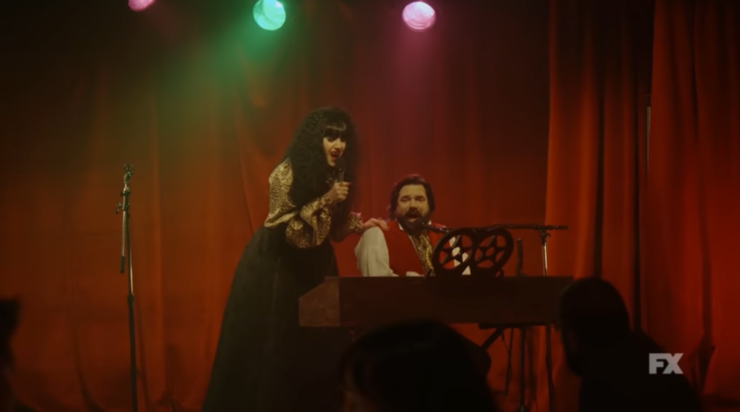
What We Do in the Shadows plays this confusion for maximum comedic value, and a part of the trick of making the show as entertaining as it is lies in combining it with the trope of vampiric arrogance. The “fish out of water” angle might have worn thin quickly, but the show gives its protagonists just enough understanding of the world around them to be prideful about asking for more help. A season two episode features Nandor eagerly checking his email, only to fall for a chain letter and spend the rest of the episode panicking over the curse while haughtily refusing help or reassurance from his familiar. Essentially, the show is built around the premise that vampires are too dumb to be effective and too arrogant to admit it.
Much like the film on which it was based, the show is deeply in love with vampire tropes and the long cinematic history of vampires. Aficionados will have much to pore over, catching various offbeat allusions and references. In an early episode, Nadja gives a low-key reading of Gary Oldman’s infamously overacted Bram Stoker’s Dracula line, “I’ve crossed oceans of time to be with you.” And there is an episode towards the end of the first season that is studded with guest stars who’ve played vampires in other films and television shows, all of which are too delightful to spoil here.
As with most comedy that hinges on the vanity and stupidity of its characters, the humor works only as well as the delivery. In that regard, the cast is objectively fantastic. Filmed in familiar mockumentary style, the show gives its actors chances for sidelong glances towards the cameraman. But, in a show where there is no clear point of view character, such reactions and expressions serve to further engage the audience with each character’s idiosyncrasies. Demetriou’s exasperated eyerolls at her flatmates’ feigned machismo pairs wonderfully with Nadja’s complete lack of self-awareness where her own shortcomings are concerned. As Nandor, Novak infuses his fierce Ottoman warrior with a delight in chintzy aesthetics—a love of glitter and crepe paper (which he mispronounces as “creepy paper”)—and a childlike sense of wonder and terror when it comes to the modern world. Mark Proksch’s Colin Robinson seems to have fallen right out of The Office (on which he had a recurring role as Nate, one of the warehouse workers). He’s an aggressively boring sad sack who uses his tediousness to sap the life force from his victims—when he feeds, he arches his eyebrows impossibly high, opening his mouth in a shape equal parts predatory rictus and dopey grin.
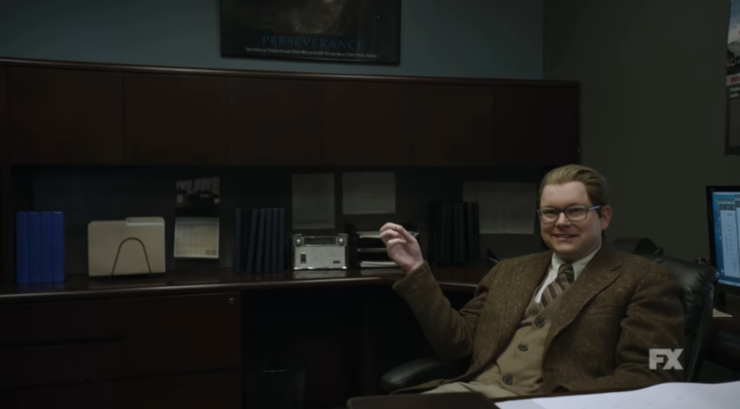
While Guillermo is initially teased as an audience surrogate, Guillén plays the faithful, long-suffering familiar as a deliciously low-energy split between melancholy and frustrated fury at his lot in life. And of course, Matt Berry, a legendary British comedian before this move to American TV, has a singular knack for delivering absolutely ridiculous (and often filthy) lines in an effete, over-the-top style whose pomp serves as punchline even if the writers weren’t doing an excellent job of giving him all sorts of absurd or odd turns of phrase (which they are, of course)—in one episode he confronts a rival by spouting, “time to die, me old fruit!”
And yet for all of its comedic chops, the show also excels at a kind of warmth which is hard to achieve in the modern sitcom. The mockumentary format, which found enduring purchase thanks to The Office (in its immensely popular British and American versions), lends itself to a cruelty and the sorts of cringe-humor based out of a writerly loathing for its characters. And the subject matter—vampires who have no compunction about killing innocent people and are woefully inept when it comes to self-examination—seems tailor-made for pitch black comedy. And it’s true that there are gags about gore and death…but the cruelty is never the point.
A scene in Taika Waititi’s original film illustrates the tone of both film and TV show rather well. In it, Waititi’s Viago invites a victim (Kura Forrester) back to his home to seduce and then murder. He gets into a conversation with her about her plans which include travel and a full life… one he is about to end. But, rather than let the dramatic irony of her impending death be the joke, the camera hangs on Viago’s increasingly uncomfortable and crestfallen face as he realizes, if only for a minute, that he is doing something monstrous. The cruelty is part and parcel of the genre, but both film and show wisely avoid getting the audience to invest in the vampires’ machinations as being funny in and of themselves.
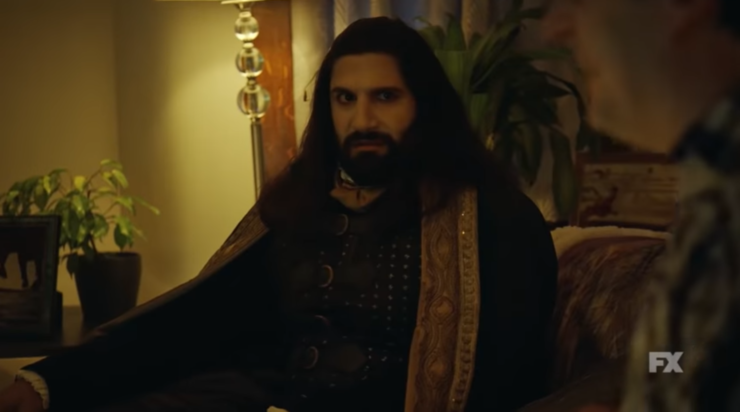
While the show occasionally goes out of its way to say that a particular vampire victim is a bad person, it more often tries to generate some pathos for the soon-to-be-dead. In the second season premiere, The Sixth Sense alum Haley Joel Osment plays Topher, Lazlo and Nadja’s new familiar. When he is inevitably killed a third of the way through the episode, the show finds humor not in the punishment of an odious frat boy but in the rising tensions between Guillermo and the newly zombified Topher, who now reduces all the bro-ishness of his character to monosyllabic, moaned demands for high fives.
All of this allows the show to develop relationships between its characters that border on touching. There is plenty of room for abuse and degradation in Nandor and Guillermo’s master-slave relationship, but the show chooses to both point toward the darker aspects of their situation and let them play the roles of patient caregiver and petulant charge more often than not. While Lazlo and Nadja’s marriage is founded on their unwholesome sexual appetites, the show still manages to paint a non-kinkshaming portrait of two weirdos who are still deeply in love with one another despite centuries of petty squabbles.
While the first season was fun, breezy, and delightful, the ongoing second season has elevated the show to one of the funniest on television. It manages to subtly advance an overall plot even while investing in hilarious bottle episodes that feature truly weird and inspired non sequiturs. If you feel like you might enjoy seeing the MCU’s Benedict Wong as a scat-singing Necromancer whose jazzy riffs keep cropping up despite his insistence that everything he says is a powerful magical incantation, this is the show for you. The second season also manages to keep plot points from the first season alive even when key players are absent: Booksmart’s Beanie Feldstein had a great recurring arc as a newly-made vampire in the first season and, though the actress couldn’t get her schedule to work for season two, her character’s actions continue to have an impact in the background in such a way that seems to ensure her eventual return.
All in all, What We Do in the Shadows might currently be the single funniest show on television: impeccably dumb, delightfully over the top, and full of unexpected care and affection for its characters. During this pandemic, when we’re all experiencing an endless need for entertainment, you should make sure this series rises to the top of your list.
An earlier version of this article was published in June 2020.
Season three premieres tonight on FX.
Tyler Dean is a professor of Victorian Gothic Literature. He holds a doctorate from the University of California Irvine and teaches at a handful of Southern California colleges. He is one half of the Lincoln & Welles podcast available on Apple Podcasts or through your favorite podcatcher. More of his writing can be found at his website and his fantastical bestiary can be found on Facebook at @presumptivebestiary.


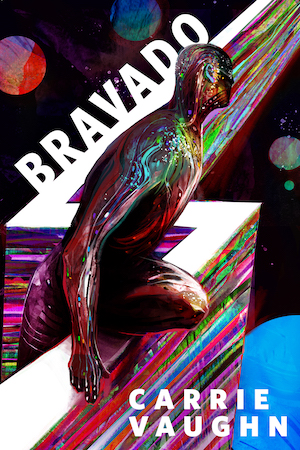
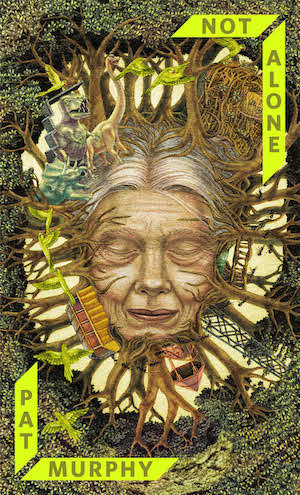
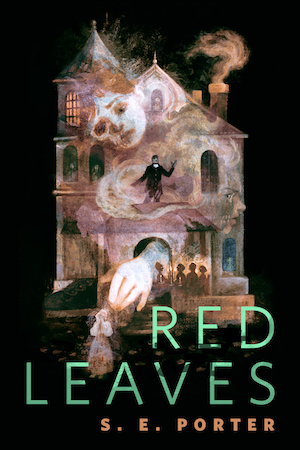
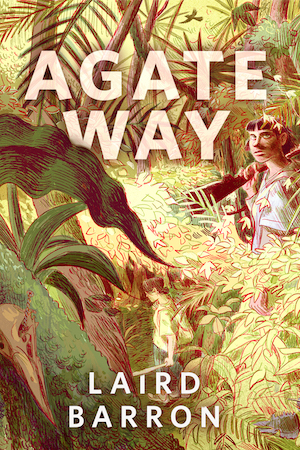




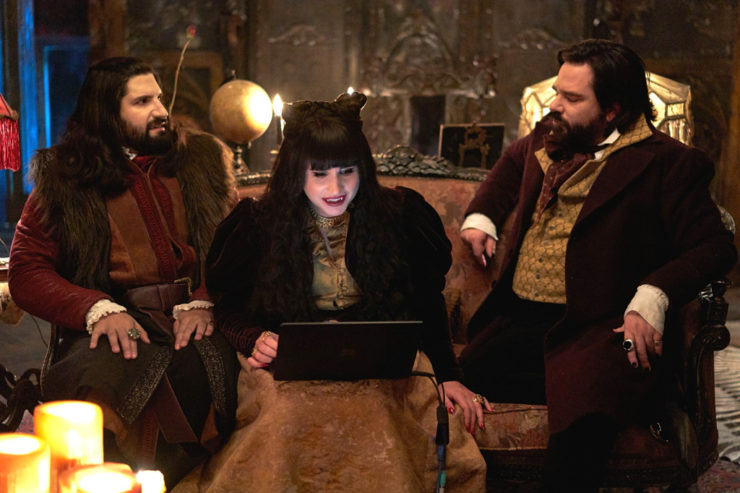
Q works beautifully on TNG because deLancie and Sir Patrick Stewart have simply perfect chemistry, which will likely hold true when the entity appears on Picard. His appearances on Voyager have been a sequence of diminishing returns, and when they finally address the elephant in the room regarding the fact that Q can get them home with a snap of his fingers, they botch that, too. Just a sodden, awful mess.
As I said back in…I think it was either the “Death Wish” or “Q and the Grey” talkbacks…”All Good Things” really should’ve been Q’s swansong — at least at the time.
I mean, we’ll have to see how his encore on the new Season of Picard fares (and his Lower Decks guest role was at least fun).
But I didn’t really care for this episode back in 2001 either — and not just because, at the time, it seemed a poor sendoff for DeLancie (since, as far as we knew, VOY’s final Season was the last hurrah of the 24th Century on TV).
Q’s crossover appearance on DS9 in retrospect should’ve been a warning that he wasn’t going to work outside of TNG — apart from, heh, Sisko decking Q.
Yes, a massive letdown and an unfortunate cheapening of the Q concept — never a great concept, but at least it had a certain consistency that’s largely discarded here. A Q child acting the same as a human adolescent is rather ridiculous. Q are transcendent beings that merely cosplay as humans so that we may comprehend them. It’s the equivalent of a zookeeper using a vulture hand puppet to feed baby vultures. It doesn’t reflect the underlying reality.
True, Voyager has made that mistake all along, with Q’s flirtations with Janeway. Although at least that had the excuse of giving close friends Kate Mulgrew and John DeLancie an opportunity to play Hepburn and Tracy together. Having q send Seven’s catsuit to the cornfield is just juvenile pandering.
The one thing about this episode that I’m grateful for is that it set the end of Kirk’s 5-year mission in 2270. The Okudas’ Chronology had conformed to Roddenberry’s preference that the animated series be ignored and had put the end of the 5YM in 2269, shortly after “Turnabout Intruder,” and thereby left virtually no room for either TAS or any of the novels or comics. Putting the end in 2270 provides room for those things again, at least up to a point.
Well, one more thing. Icheb’s mention of Kirk saving the Pelosians from extinction shortly before the end of the 5-year mission was the basis for my version of the end of that mission, which I described in retrospect in Ex Machina and then depicted in Department of Temporal Investigations: Forgotten History. As for the other two species Icheb mentioned as being saved from extinction by Kirk years earlier, I covered them more recently in The Captain’s Oath.
Thank you for the cornfield reference. The shot (pictured above) of Neelix without a mouth is 100% “It’s A Good Life” and just as horrifying and sudden.
“That’s all the television there is!”
The best part about Q appearing in Star Trek Picard season 2 is that this will no longer be the final appearance of the character.
Steven: Well, it wasn’t anyhow, thanks to Q’s appearance in “Veritas” on Lower Decks.
—Keith R.A. DeCandido
@4/krad: And Q was back in his Post-Atomic Horror Judge cosplay in “Veritas,” raising the same question you raised about the Q judges here.
Christopher: True, but I can forgive the deLancie Q wearing it out of nostalgia, if for no other reason. (Out of the box, it also made it easier for him to be identified given the rather simplistic animation style of LD….)
—Keith R.A. DeCandido
@3,
The best part about Q appearing in Star Trek Picard season 2 is that this will no longer be the final appearance of the character.
I’m still on the fence about bringing back Q at all — at least into Picard’s corner of the franchise.
I was fine with “All Good Things” being Q’s final appearance within the context of TNG and its own overrarching narrative. His final scene with Picard in the Court Room was, and still is, a perfect sendoff.
As happy as I am to see DeLancie snapping his fingers again, I’m still concerned Q’s role in the new Season of Picard will cheapen that.
The challenge is going to be what more you can add to the Picard-Q dynamic at this point.
One thing I can say in this episode’s favor is, in my opinion, the Janeway / Q dynamic works better here than in the previous two episodes, and I actually really enjoyed the dynamic in this episode. Q’s not trying to do that stupid pursue-Janeway-as-a-love-interest thing, he’s just trying to be a good parent. And I can see Janeway as one to give better parental advice than Picard would.
I had almost totally forgotten about this episode. Offhand, I’d recalled that Keegan deLancie played Q’s kid on Voyager, but I hadn’t recalled that it wasn’t part of “The Q and the Grey” or something.
“Don’t you Aunt Kathy me.” Deja Q was a better episode, but only because that’s one of the few Q episodes I really enjoyed (along with Tapestry, but Q seems a minor part there). They were more often than not tied in with boring holodeck type silliness. I also think Janeway’s role and performance were strong overall, and she does a good job as godparent. I also liked Itchy and Q-ball palling around. My heart broke a little at Q’s reaction to q’s essay. At least they provided a half-hearted reason why Q doesn’t send them home this time. Uses Janeway’s own words against her.